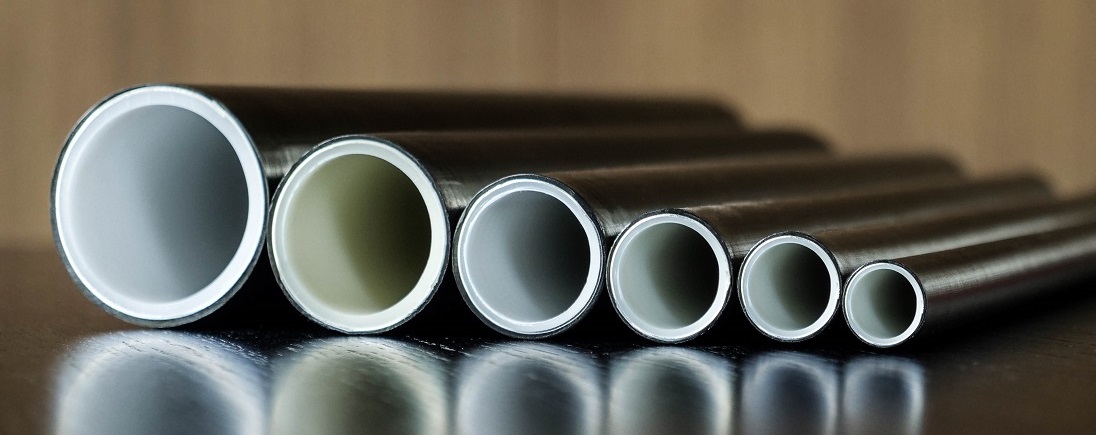
Latest German technology at state of the art facility at Dehradun, India.
Jindal MLC Pipes (PE-AL-PE) combine the advantages of metal and plastic pipes and eliminate the disadvantages of both materials at the same time. The aluminum core is absolutely diffusion tight and reliably prevents oxygen or gases from permeating into the pipe. It compensates and reduces snap-back forces and heat expansion with changes in temperature.

Our Products
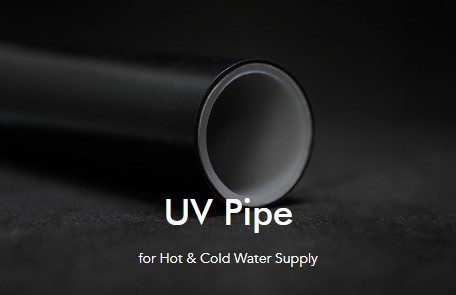
UV Pipe
PE-AL-PE for Hot & Cold Water Supply
Jindal Cold water pipes (Pipe UV, PE-AL-PE) are specifically designed for supply of water at ambient temperatures, starting from -20°C to 80°C The smooth inner layer of Jindal MLC pipes prevent deposit, accumulation and corrosion leading up to 30% more flow of fluid than in metal pipes. They are easy to bend & install directly on girder or inside wall and cement concrete.
PERT Pipe
PERT-AL-PERT for Hot Water distribution
The Jindal Hot water pipe (Pipe B, PERT-AL-PERT) pipes, due to their low thermal conductivity, are suitable for long term extrusion of Hot Water up to 95°C. The smooth inner layer of Jindal MLC pipes prevent deposit, accumulation and corrosion leading up to 30% more flow of fluid than in metal pipes. They are easy to bend & install directly on girder or inside wall and cement concrete.
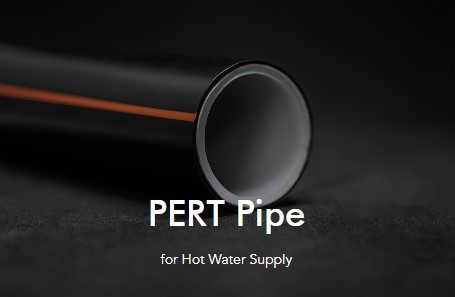
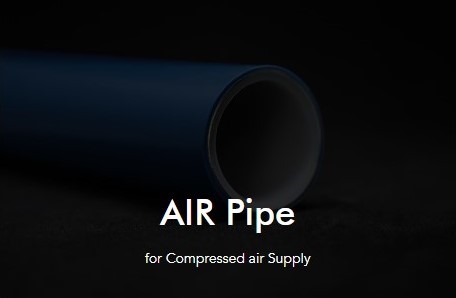
Air Pipe
APE-AL-PE for Compressed Air Supply
Jindal Air Connect is an innovative piping system for compressed air and inert gas distribution that uniquely combines all the benefits of plastic and metal in one pipe. Pipes and fittings are joined together using either compression technique or Crimp technique which have various benefits such as Fast and easy installation, no need to weld, glue, fuse, or thread. Air Connect not only extends the life of the system, but significantly reduces leakage that leads to saving of time, labour, and operating costs.
Gas Pipe
PE-AL-PE for Oxygen & Gas Supply
The aluminum layer allows Jindal MLC pipes to withstand high working pressure and prevent gases from permeating into the pipe. They are easily bent, which makes the use of numerous fittings unnecessary. Jindal MLC pipes are safe and reliable choice for compressed air, gas and oxygen supply.
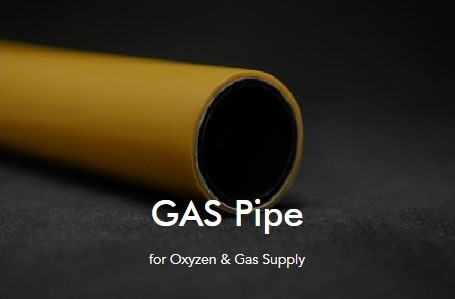
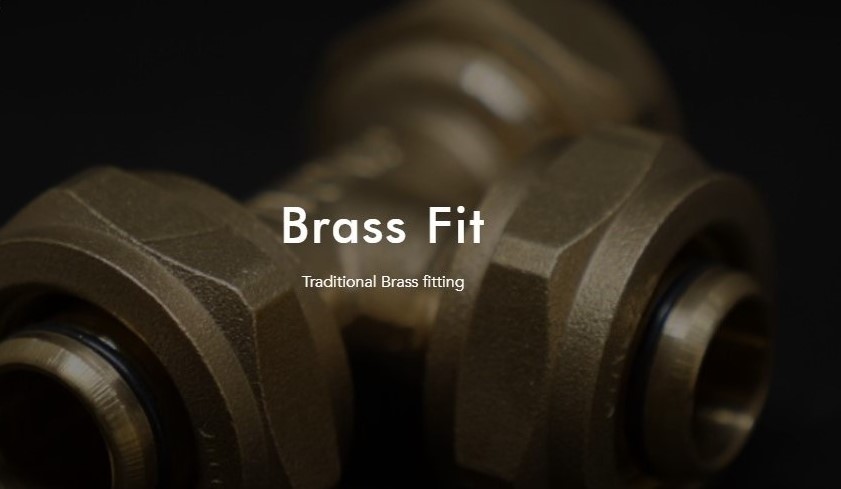
MLC Fittings
EZ FIT & Traditional Brass Fittings
MLC Fittings combine the positive feature of high reliability with a simple installation technique. The fittings do not require any special tools. The permanent pipe joint is achieved by compression i.e. by tightening the nut against the coned-shaped olive. The profiles of the two pieces are designed to cause a progressive shrinkage of the coned-shaped olive and to distribute the compression forces across the contact surface. A seal housing has been designed with a special slip-proof profile called 0-rings that come into direct contact with the pipe.
